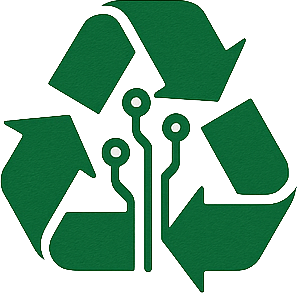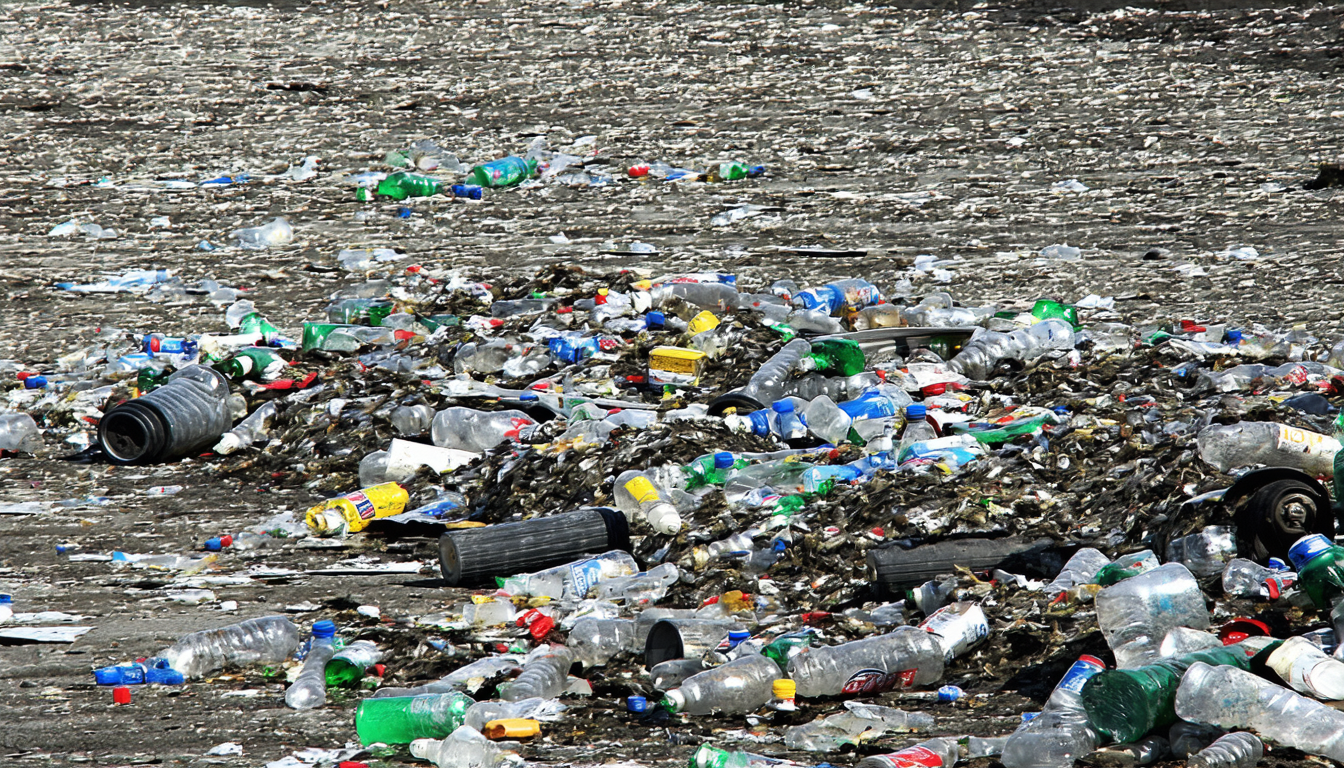In the United States, hazardous waste disposal companies are at the forefront of environmental protection, managing toxic materials that pose significant risks to public health and ecosystems. As industrial activities grow and regulations tighten, these firms are navigating a complex landscape of compliance, innovation, and public scrutiny. This article explores the latest developments in the sector, including regulatory updates, technological advancements, and their broader impact on businesses and communities. With sustainability becoming a national priority, understanding the role of these companies is more critical than ever.
Evolving Regulations for Hazardous Waste Disposal Companies
The U.S. Environmental Protection Agency (EPA) has recently introduced stricter guidelines for hazardous waste management, aiming to reduce environmental contamination. In 2023, the EPA reported that over 20 million tons of hazardous waste are generated annually in the U.S., with industries like manufacturing and healthcare being major contributors. New rules mandate enhanced tracking systems and shorter storage times for toxic materials, placing additional pressure on disposal firms to adapt swiftly.
These regulations aim to prevent incidents like illegal dumping, which can lead to severe ecological damage. For companies, compliance means investing in advanced infrastructure and training. Failure to meet these standards can result in hefty fines or operational shutdowns, making regulatory adherence a top priority.
Technological Innovations Driving Efficiency
Innovation is reshaping how hazardous waste disposal companies operate. Advanced technologies, such as automated sorting systems and chemical neutralization processes, are improving efficiency and safety. According to a 2023 industry report by Waste Management Insights, nearly 60% of U.S. disposal firms have adopted digital tracking tools to monitor waste from collection to final disposal, reducing human error.
“Technology is a game-changer for our industry,” says Dr. Emily Carter, an environmental scientist with over 15 years of experience. “Digital solutions not only ensure compliance but also build trust with clients and regulators by providing transparent data.” These advancements, while costly upfront, promise long-term savings and better environmental outcomes.
Economic and Community Impacts
The role of hazardous waste disposal companies extends beyond waste management; they significantly influence local economies and community well-being. The sector employs over 100,000 workers nationwide, as per the Bureau of Labor Statistics data from 2022. These jobs range from field technicians to compliance officers, contributing to economic stability in many regions.
However, communities near disposal facilities often express concerns about health risks. While modern facilities adhere to strict safety protocols, historical incidents of leaks or mismanagement fuel public skepticism. Balancing economic benefits with community trust remains a persistent challenge for the industry.
Future Outlook: Sustainability and Accountability
Looking ahead, hazardous waste disposal companies are expected to play a pivotal role in achieving national sustainability goals. The push for a circular economy—where waste is minimized through recycling and reuse—is gaining traction. Some firms are already piloting programs to convert certain hazardous materials into reusable resources, though scalability remains an obstacle.
On the accountability front, stakeholders are demanding greater transparency. Environmental advocacy groups argue that public access to disposal data should be mandatory to ensure oversight. Industry leaders counter that proprietary processes must be protected, highlighting a tension that may shape future policies.
The implications of these trends are far-reaching. If companies fail to innovate or comply with evolving standards, they risk losing market share to competitors. Conversely, those who lead in sustainability could set new benchmarks for environmental responsibility.
Conclusion
Hazardous waste disposal companies in the U.S. are navigating a dynamic landscape shaped by stricter regulations, technological progress, and societal expectations. With millions of tons of toxic waste generated each year, their role in safeguarding public health and the environment cannot be overstated. As innovations emerge and policies evolve, these firms must balance profitability with responsibility. The path forward will likely involve collaboration between regulators, businesses, and communities to ensure safe, sustainable waste management practices for future generations.
Frequently Asked Questions (FAQ)
1. What do hazardous waste disposal companies do?
These companies manage, transport, treat, and dispose of toxic materials that pose risks to health and the environment. Their services ensure compliance with federal and state regulations while minimizing ecological harm.
2. Why are regulations tightening for hazardous waste management?
Stricter rules aim to prevent environmental contamination and protect public health. Recent EPA guidelines focus on reducing storage times and improving waste tracking to avoid incidents like illegal dumping.
3. How does technology help in hazardous waste disposal?
Technologies like digital tracking, automated sorting, and chemical neutralization enhance safety and efficiency. They help companies comply with regulations and provide transparency to stakeholders.
4. What are the community concerns regarding disposal facilities?
Residents near facilities often worry about potential health risks from leaks or mismanagement. While modern standards minimize such risks, historical incidents have led to ongoing public concern.
5. What is the future of hazardous waste disposal in the U.S.?
The industry is moving toward sustainability through recycling initiatives and circular economy practices. Greater transparency and innovation will likely define its evolution in the coming years.





